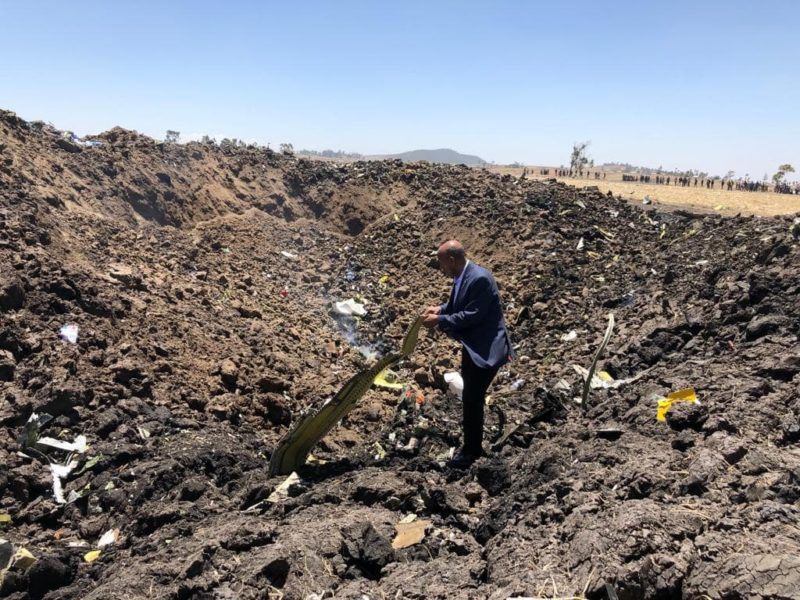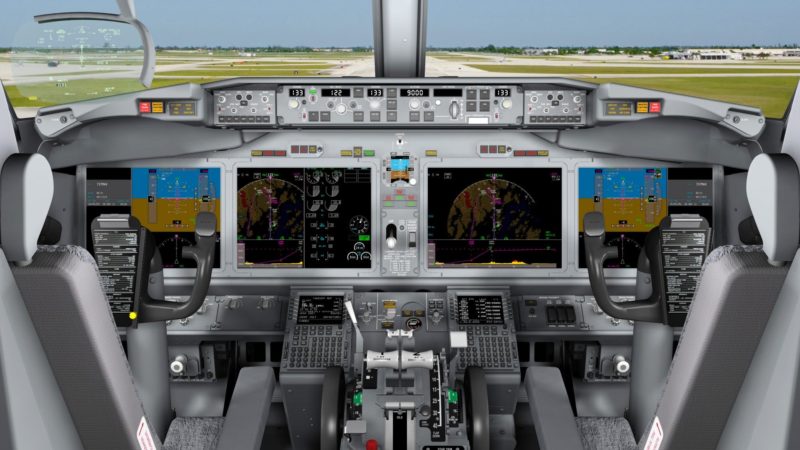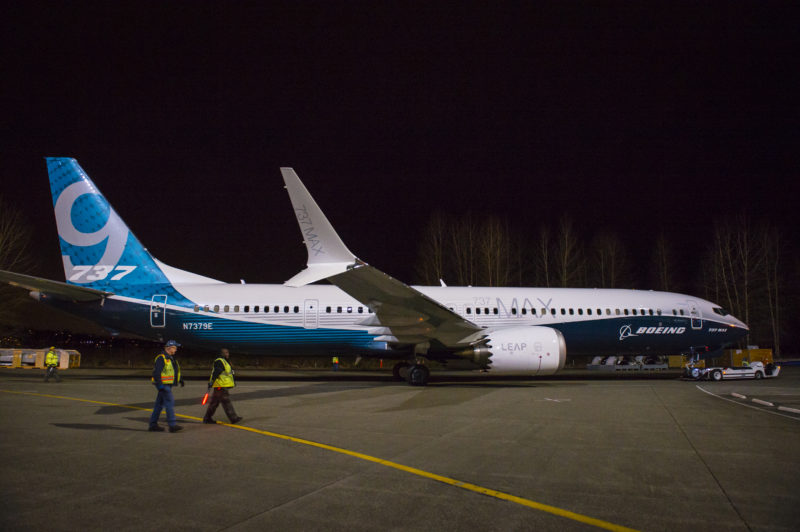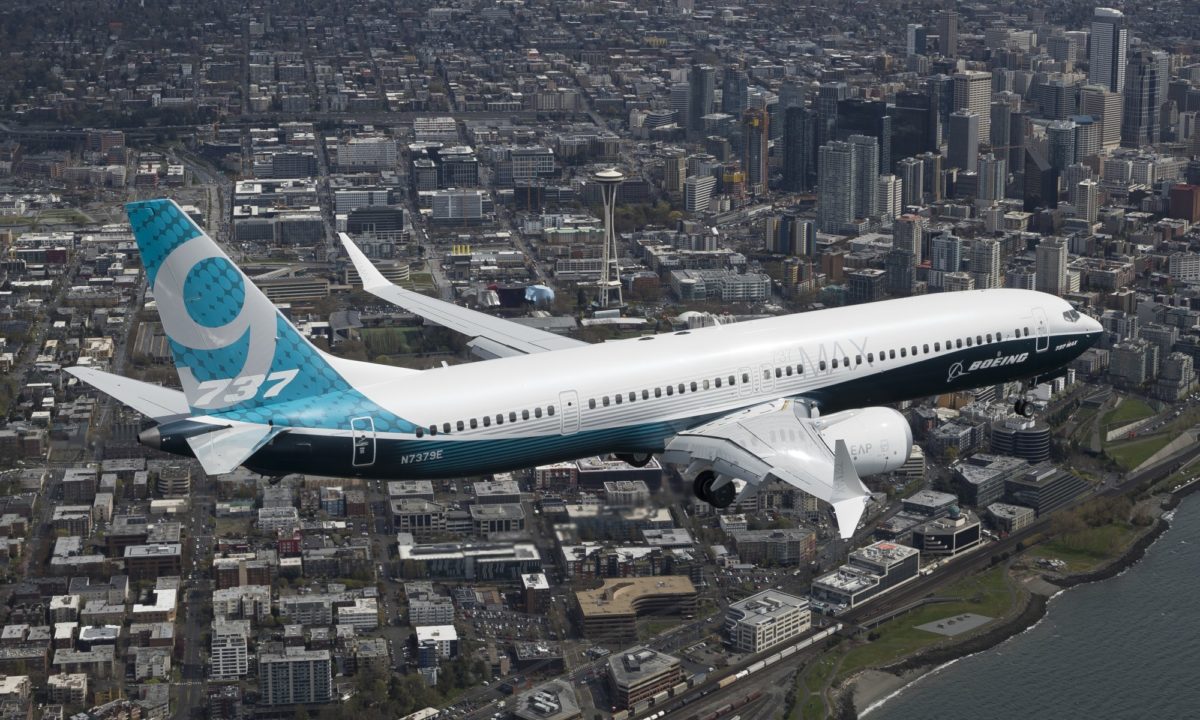The Federal Aviation Administration has identified a new design flaw within the Boeing 737 MAX, adding to the crisis surrounding it since the loss of two aircraft and 346 lives.
But before we review the newly identified issue, we must refresh our memories on what exactly happened.
Since the loss of Lion Air JT610 and Ethiopian Airlines ET302, Boeing has been entangled in a mess of legal, regulatory and passenger exchanges.

The initial lack of clarity and ongoing investigation has only recently brought to light what Boeing hid, angering the aviation industry and sparking a large collection of questions.
Powered by two forward-mounted raised CFM LEAP engines, the 737 MAX demonstrated poor handling aerodynamics during development, so Boeing developed the Manoeuvring Characteristics Augmentation System (MCAS) to prevent the nose from pitching up in flight.

However, the angle of attack data was only being supplied from one sensor, should that sensor fail to provide the correct data then the MCAS would kick in, pushing the nose of the aircraft down and thus preventing a stall.
The result of this one sensor input is what is suspected to be the cause of 346 people, in the two 737 MAX 8 aircraft, to lose their lives.
For more details on MCAS, see the following article:
Software Update Problems
Unfortunately for Boeing, the software update for MCAS has encountered a new problem. This will likely leave the worldwide fleet of 737 MAX aircraft grounded for a few months longer.
During simulator testing, the Federal Aviation Administration identified a data processing issue that affects pilots performing the recovery procedure for a runaway stabiliser.
Contacting Flight Global, the FAA noted pilots were unable to quickly and easily follow the required procedures to arrest a runaway stabilizer.
Boeing states the FAA “Identified an additional requirement that it has asked the company to address through the software changes that the company has been developing for the past eight months”
What Does This Mean for Airlines?
Since regulators one by one grounded the 737 MAX in March, airlines have been under enormous stress trying to operationally and financially support flights without the aircraft.
Various return times have circled the media, with airlines scheduling for August and September with some even as early as July.

The latest news that Boeing’s new software requires additional work will add to the pressure within the industry and will test the patience of some airlines.
The end result will see the aircraft as the most scrutinized in history, however with airlines tapping their fingers at the bottom line and passenger confidence rapidly declining as the media covers the crisis, the aircraft will likely live a largely scarred life.
Suggestions to rename the aircraft or even completely redesign the engine/wing aerodynamics have been tossed around, however the price and time frame would send Boeing tumbling.
The key factor to revival here is Boeing winning passenger and airline confidence back and a fix that will guarantee a successful and safe lifetime of an aircraft.
As a passenger, would you fly on the 737 MAX when it returns?




